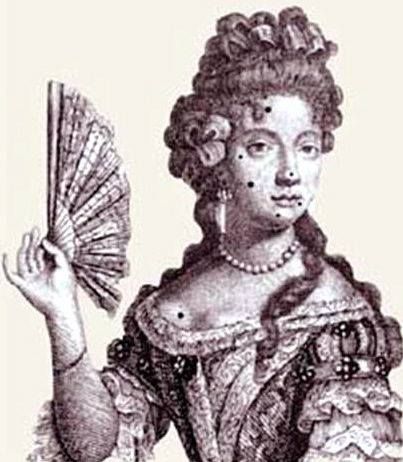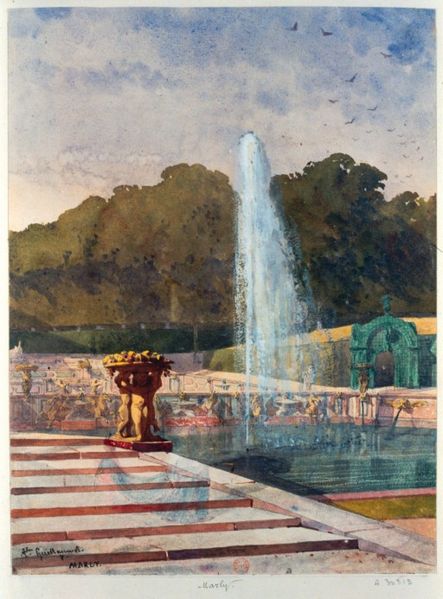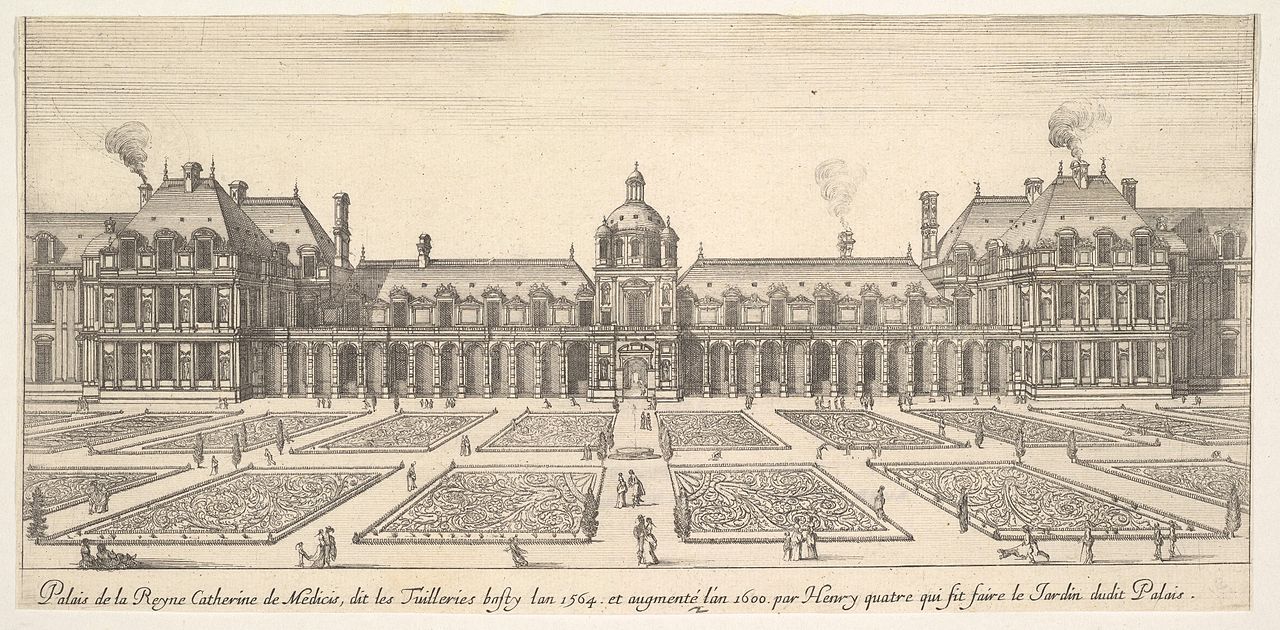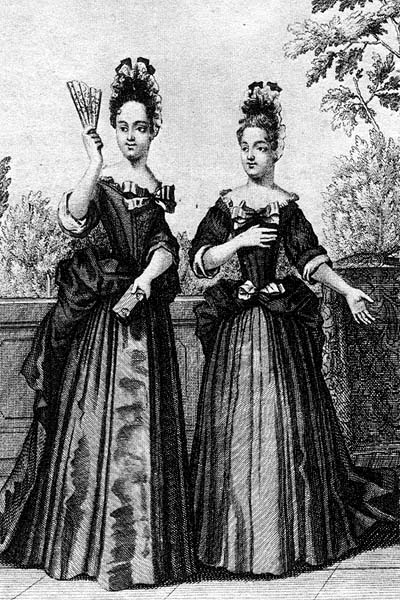Le Grand Trianon
After the tiles of the Trianon de porcelaine deteriorated more and more, Louis XIV ordered the small palais to be demolished and replaced with a larger structure of more lasting material. Marble.
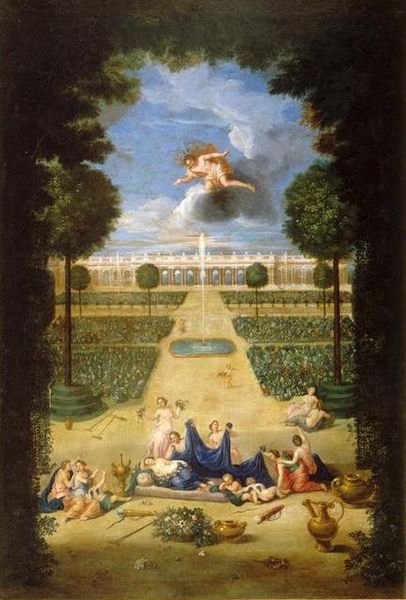
The planning was entrusted to Jules Hardouin-Mansart, first architect of the King, who designed a palais twice the size as the previous one decorated with red marble from Languedoc. Construction began in June 1687 and was finished by January 1688. Louis XIV was very much involved into the design, he did not want Mansart roofs for example, and visited the construction side frequently to share his ideas and make sure everything goes according to plan. (He had a tent installed at the side, so he could tent to business while inspecting the side.) He even had an argument with Louvois about the placement of a window, which ended with the latter being paranoid he had fallen out of favour over it.
The Grand Trianon was originally called le Trianon de Marbre and was inaugurated by Louis XIV and Madame de Maintenon in the summer of 1688. It was not fully furnished and decorated until 1691. The King often spent time there during the day, but did not sleep there until 11 July that very year. Who could enter the Trianon was restricted, for it served as private residence of Louis XIV and his secret second wife.
The inside was in first not as splendid as the outside. The King was at war and in slight financial difficulties, which made a less opulent furnishing necessary. The interior design was modified over the years to make it more comfortable as a residence.
Louis XIV often hosted dinners at the Trianon or had snacks served there, but the Trianon remained closed to the general courtier for most of the time. It was not until the end of Louis’ reign that the rules got a little less strict. The Sun King’s apartment first occupied the southern part, with view of the Grand Canal, and was moved to the northern part in 1703, as Louis granted the Dauphin the right to use the Trianon as residence.
The Grand Dauphin used the Trianon as residence until his demise in 1711, after which it was occupied by Liselotte von der Pfalz and her son, the future Regent of France. Louis XIV had ordered the construction of a larger wing in 1708, called Trianon-sous-Bois, which was used by Madame, her son and wife.
The young Louis XV had no interest in the Trianon and this did not change during his adult years. His wife, Marie Leszczynska, used the palais as a residence for a while, as his her father Stanislas Leszczynski during his visits to Versailles. Peter the Great resided at the Trianon in 1717.
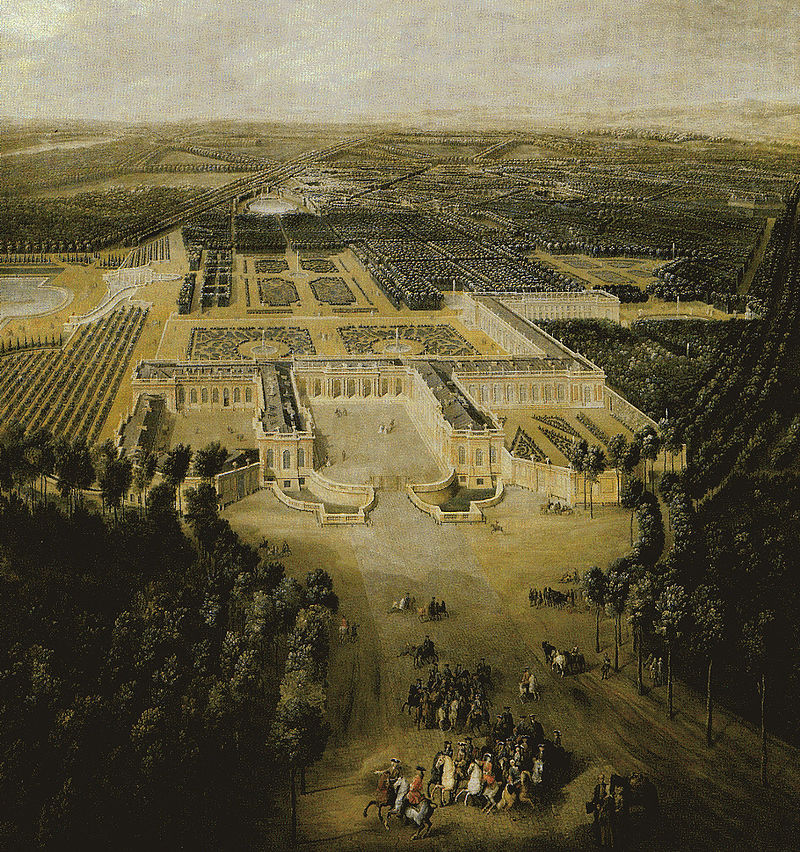
In order to have a smaller private refuge for himself and Madame de Pompadour, Louis XV had another Trianon built close by. The old one was thus named Grand Trianon and the new one Petit Trianon. Madame de Pompadour died before this new Trianon was finished and it was then occupied by the King’s last mistress, Madame du Barry. The Grand Trianon lost importance during this time and even more so as Marie-Antoinette decided to use the Petit Trianon as private residence.
Both Trianons were badly damaged during the French Revolution. Napoleon later ensured that both were repaired, renovated and refurbished. He used the Grand Trianon as residence together with his second wife.
The Grand Trianon is, apart from the Trianon-sous-Bois, only one floor high and connected by a peristyle. This peristyle was built on the wishes of Louis XIV, who wanted to be able to see the glorious gardens from cour d’honneur. It served often as location for dinners. Napoleon had the peristyle closed off by large windows, which have been removed again by now. The flat roof of the Trianon was originally decorated with vases and sculptures. They vanished/were plundered during the Revolution and have been not replaced until today.
Some of the rooms still have parts of their baroque decoration, the rooms once occupied by Napoleon are all in the typical Empire style. In 1920, the Grand Trianon hosted the negotiations and signing of the Treaty of Trianon and in 1963, Charles de Gaulle ordered a renovation of the building in order to install a private apartment for himself there… along with a modern kitchen.
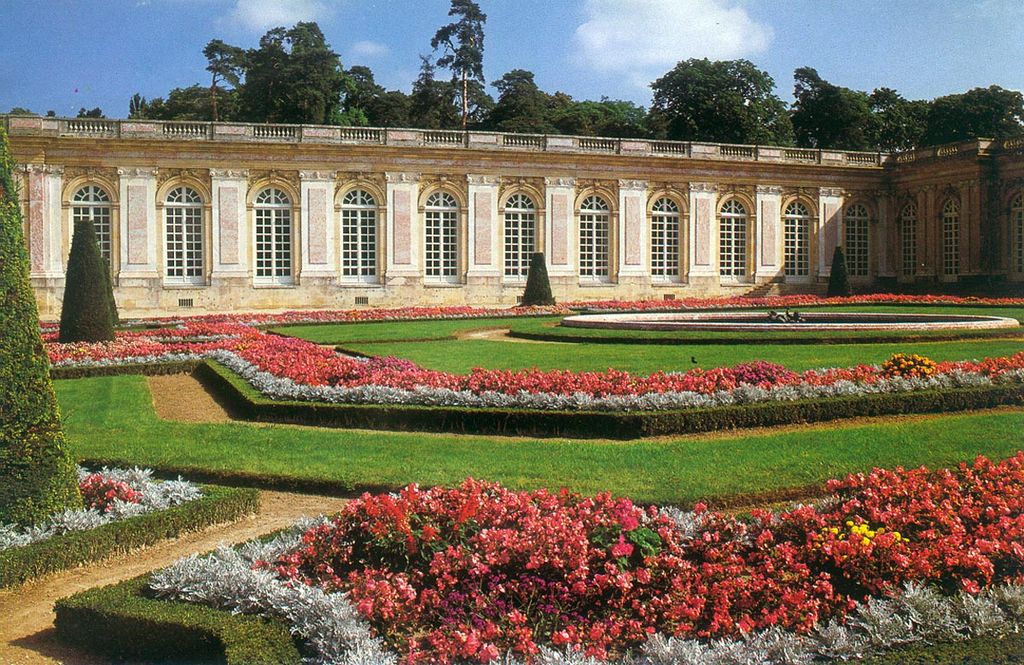
What is today the bedroom of Empress Marie-Louise, was once the bedroom of Louis XIV and the large Mirror Room, with view of the Grand Canal, served as his council room. The round Vestibule, which served as entrance to the first apartment Louis XIV occupied, still has the hidden panel door used by his musicians to reach a balcony in the adjoining room, where usually the grand suppers were held. Said adjoining room is now known as the music room and was used as antichambre to Louis XIV’s apartment. You can still see the shutters hiding the seats for the musicians above the doors. What is now the Emperor’s Private Apartment, used to be that of Madame de Maintenon. The Emperor’s antichambre, was used as lounge room by Madame de Maintenon and the so-called Private Chamber used to be her bedroom.
The gardens of both Trianons are connected. During the time of Louis XIV, who loved the garden of the Trianon a lot, all flowers were not directly planted on the different bosquets, but placed there in little pots. This made possible that all flowers could be exchanged for others, whichever the King wished for, in only a few hours and ensured that the flowers were always in bloom.
The Grand and Petit Trianon, as well as their gardens, are open to the public today and definitely worth a visit. (You can take the Petit Train from the chateau to the Trianons, to spare yourself the walking. It is quite the distance.) They also frequently serve as set for movies or photo-shoots.

